Language
- English
- Español
Currency
- AUD Australian Dollar
- CAD Canadian Dollar
- EUR Euro
- GBP Pound Sterling
- USD US Dollar
- ZAR Rand

Fans across the world love the original Lion King movie which tells the story of a family of lions and their escapades in Africa– along with their various sidekicks. Now, a whole new generation is set to fall in love with the remake. Simba, Nala, Mufasa and other lions must outlast Scar and his hyena henchmen Kamari, Shenzi and Azizi, with Pumbaa the warthog, Timon the meerkat, Zazu the hornbill, Rafiki the mandrill all adding to the fun and drama.
If you and your children want to see lions in real life as well as the other animals from the film, this is how to do it.
Scenes for the first movie in 1994 were supposedly inspired by Hell's Gate National Park in Kenya. It is a fairly small park with limited accommodation in Nakuru near Lake Naivasha. Its evocative name is derived from a break in the cliffs that make up a part of the Great African Rift Valley.
But plenty of other places have the same wide-open sky, never-ending horizons, red sunsets, and iconic acacia trees. The Masai Mara National Reserve is the foremost choice, especially since the sheer density of plains game here attracts major lion prides. You're also likely to see warthogs (Pumbaa), hornbills (Zazu), and hyenas here (just no mandrills or meerkats!).
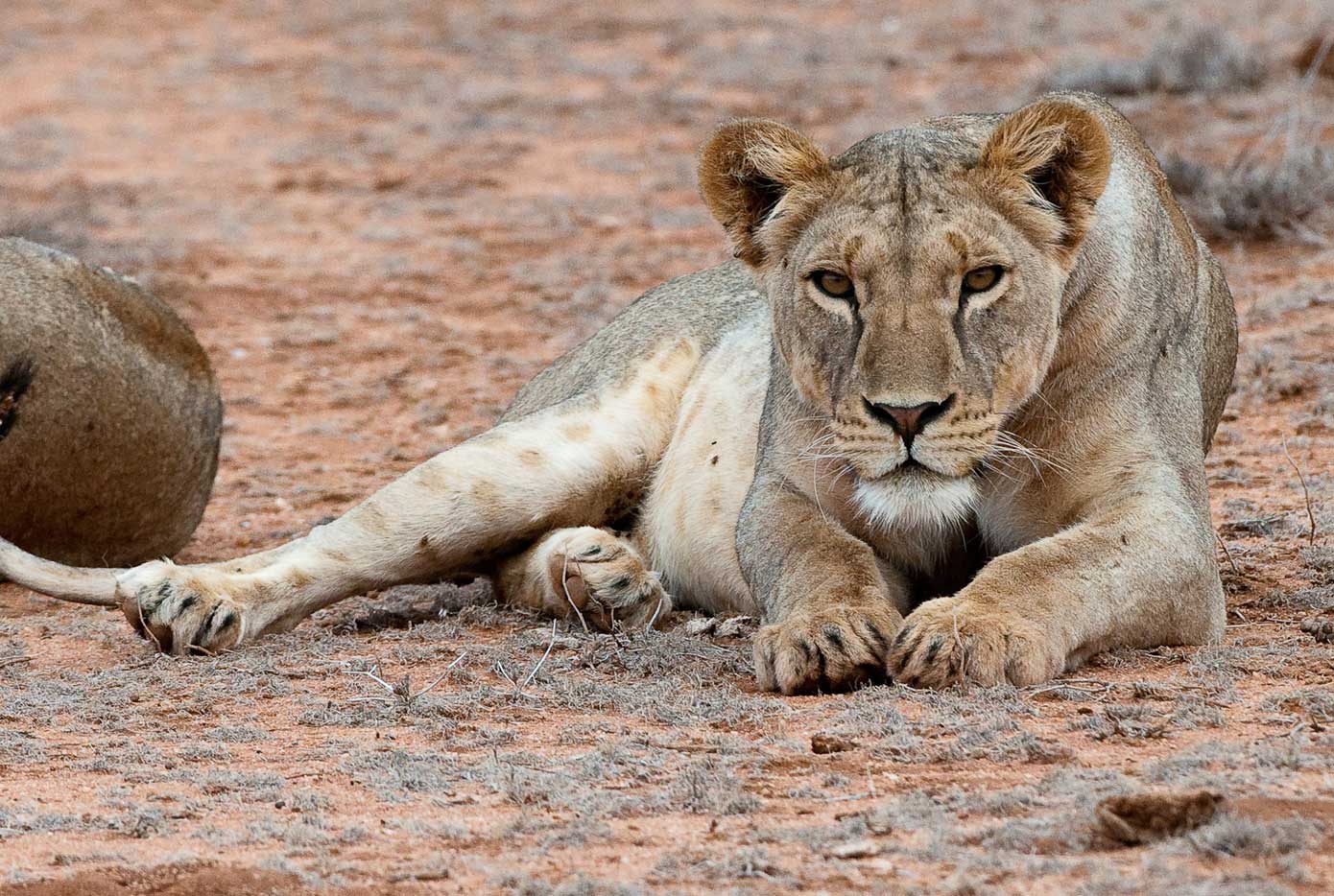
Another good choice is Samburu National Reserve, which is more arid than the Mara. It is famous for a lioness who routinely ‘adopts' orphaned or abandoned antelope, especially oryx calves. She is thought to be infertile and has been seen ‘caring for' at least six such calves over the years.
See our best Lion King safari ideas:
A safari can be tough going for young kids. From the long-haul flight to Africa to the early wake-up calls for dawn game drives, as well as substantial time in the heat of the bush. To return home truly rested and refreshed, we suggest adding a few days at the beach or on an island to your safari.
If you're visiting Kenya, head to the tropical southern coast like Diani Beach or nearby Zanzibar for warm water, late mornings and plenty of fun in the sun:
Unfortunately, you won't find meerkats in Kenya as they thrive in the soft semi-desert sands of the Kalahari, which spans southern Botswana and north-western South Africa. They live in communal burrows and are very inquisitive. Meerkats are easily habituated to humans' presence and in some camps are even known to use our superior height as a lookout point, scurrying up people's bodies and sitting on their heads!
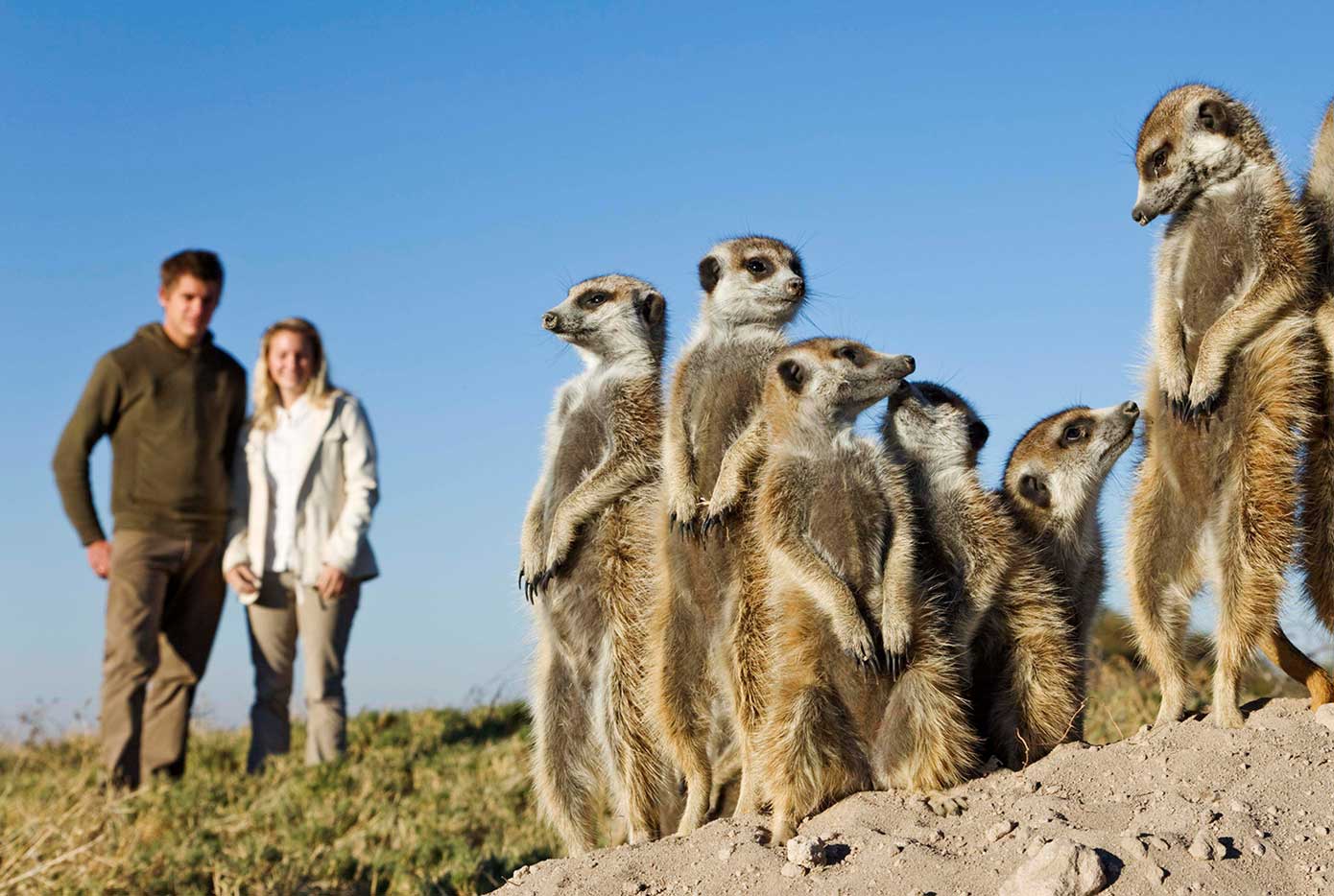
The good news is that the Kalahari is also an excellent location to see hyenas and black-maned Kalahari lions. The landscape, however, is very different to that in the films although if you travel in low season (about November to April) the rains may provide lush grazing.
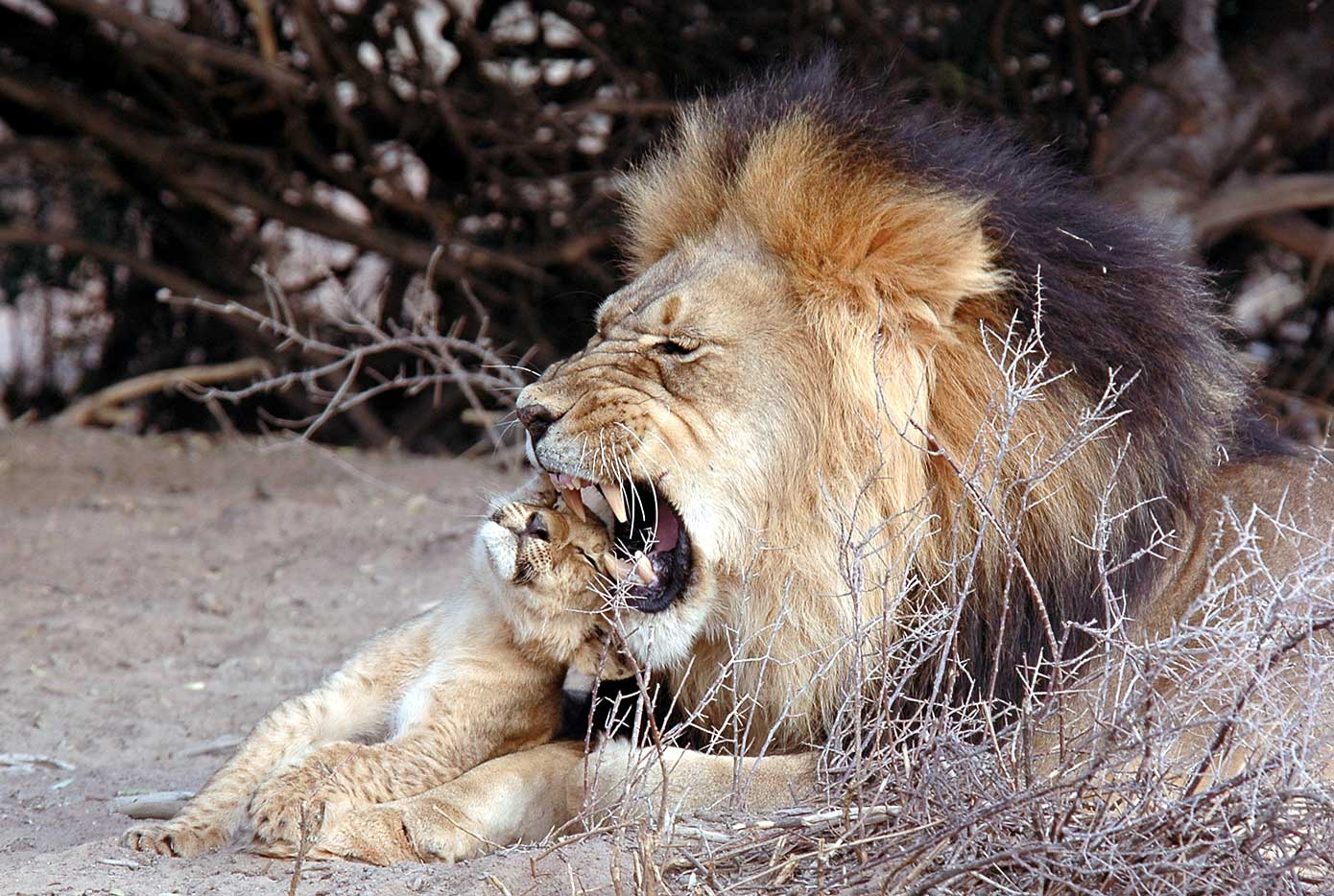
It's easy to combine the Kalahari with other desirable and child-friendly destinations like Cape Town, the Kruger National Park, the Okavango Delta, and Victoria Falls. If you want to add on a beach portion for some R&R, look no further than Mauritius or even Sun City, Africa's biggest resort complex with a sandy beach built right in the middle of the bush. These are some of our favourite ways to see Meerkats:
Mandrills are the world's largest monkey species and spotting them is actually quite rare as they are found only in the endangered equatorial rain forests of Central Africa. You definitely won't spot them in the Masai Mara or Kalahari! Your best chance is to head to Congo, which is also a fantastic primate destination renowned for some of the easiest gorilla trekking in the world thanks to the flat terrain and lack of altitude. So, if you're keen to see primates, spending an hour with a family of western lowland gorillas is the ultimate experience, but note it is only allowed for those 16 and older.
Other key gorilla trekking destinations are Rwanda and Uganda but the hiking can be tougher because of the steeper terrain. Here are some of the best ways to do it:
If it's your first safari or the first time you are bringing your children along, then please read the following advice:
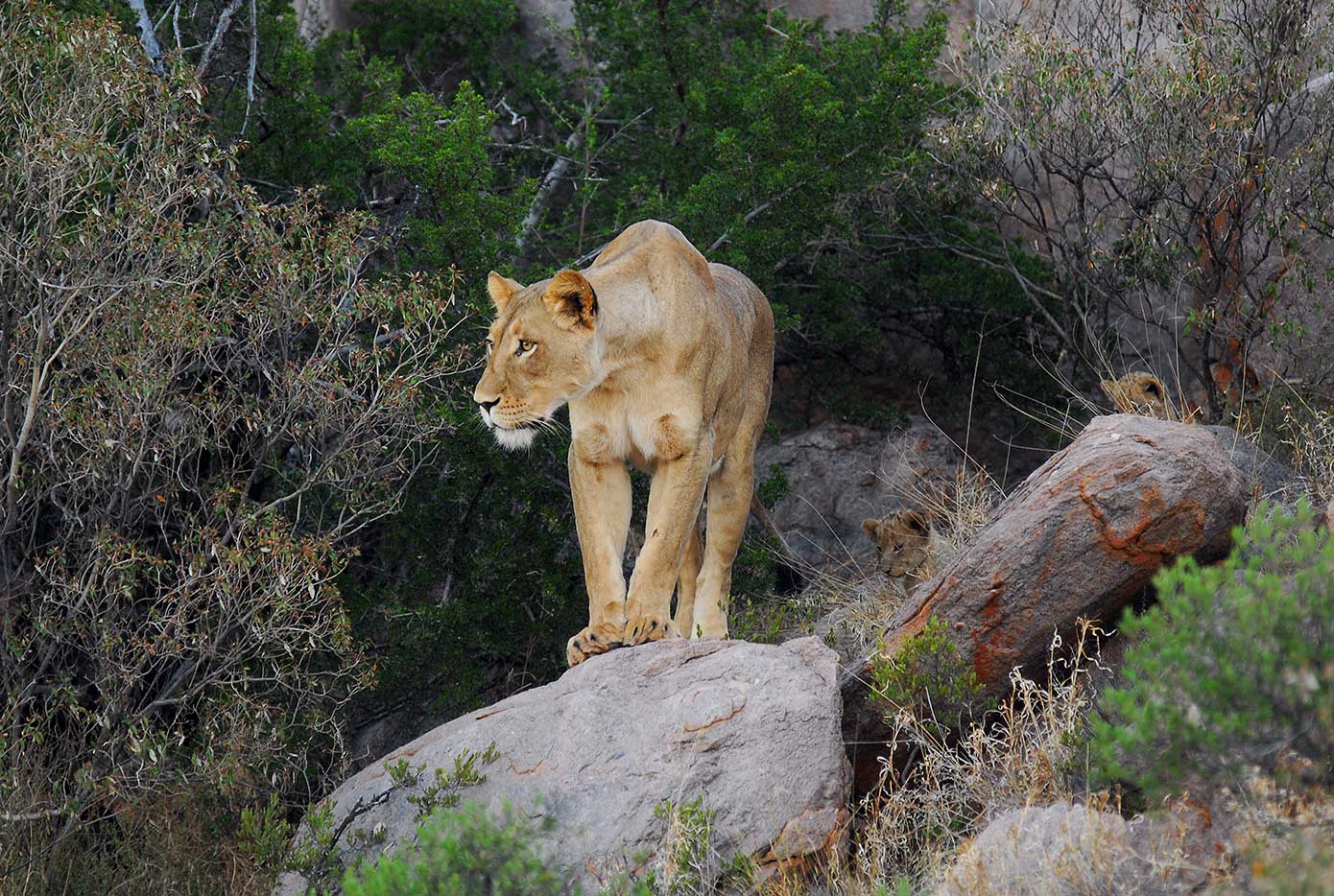
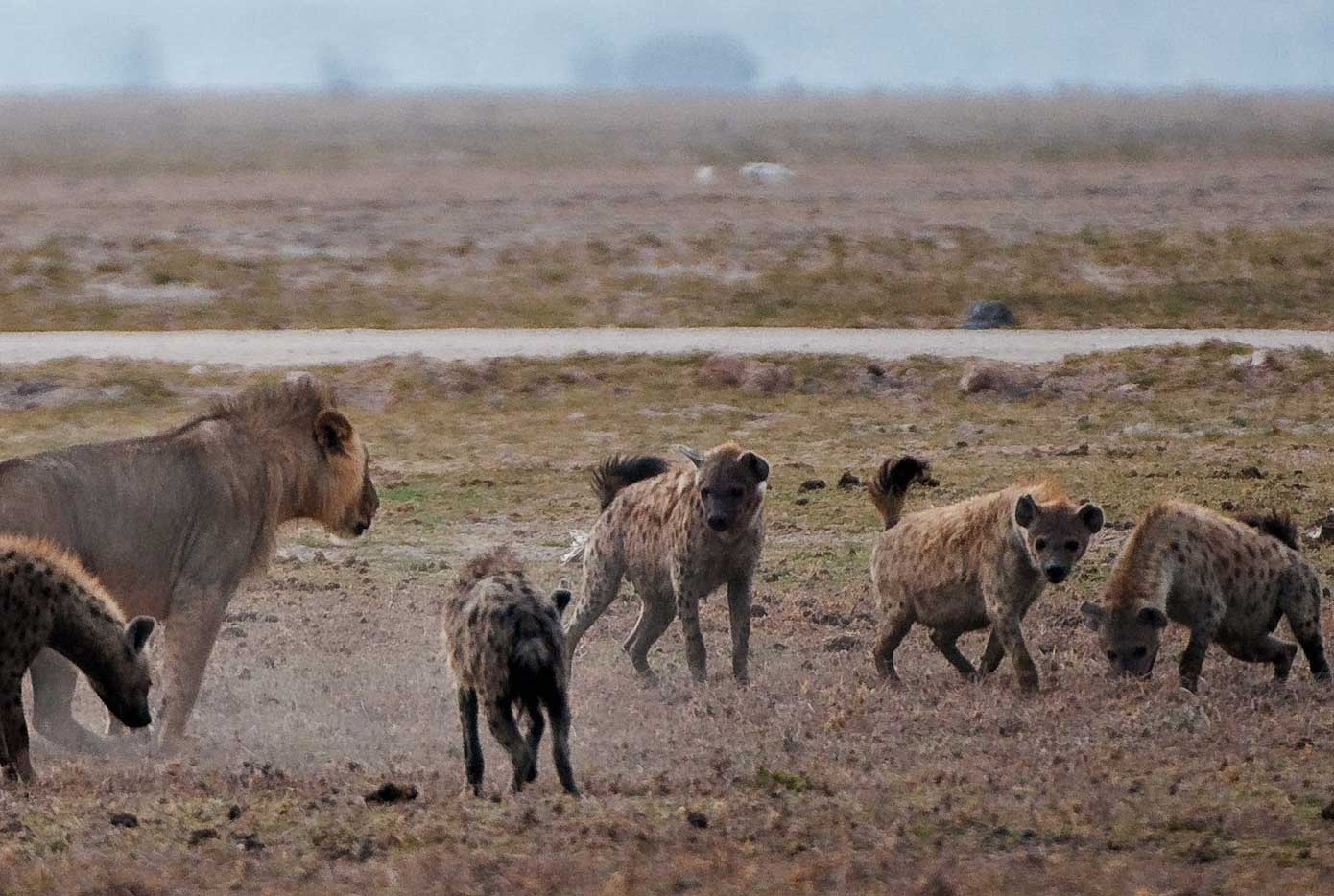
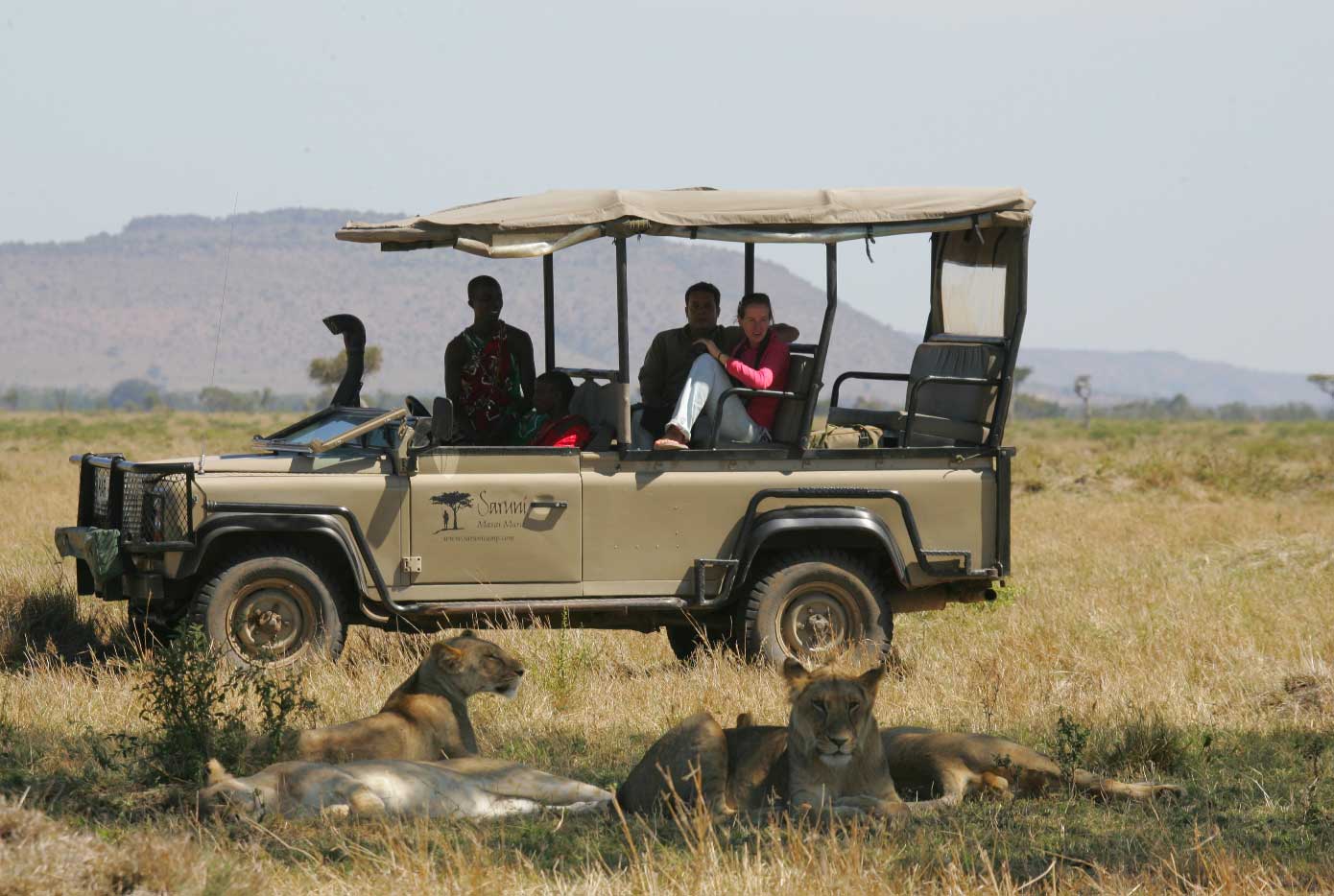
Please click here to read more about lion-cub petting and ethical animal encounters. Every safari helps conservation. Your safari dollars go a long way to help preserve wild spaces and the animals that thrive in them.
Please don't hesitate to reach out to us so we can connect you to your personal Safari Expert about what to expect and how to give your family a safari that is fun, attainable, and sustainable! It will be one of the best decisions of your life and an experience your children will never forget.